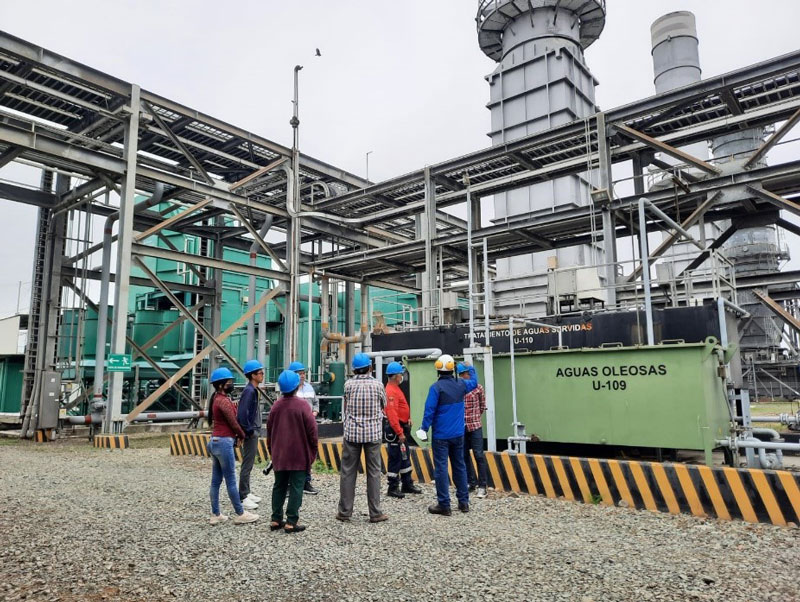Can you spot obesity from outer space?
By Ted Kyle
Can you spot obesity from outer space? Yes, you can spot neighborhoods with high obesity rates from outer space. But it’s not about the people you can see. It’s about the physical features of neighborhoods that provide clues about where obesity lives. A new paper in JAMA Network Open explains.
neighborhoods that provide clues about where obesity lives. A new paper in JAMA Network Open explains.

Ted Kyle, RPh, MBA
Spotting Features That Predict More Obesity
Adyasha Maharana and Elaine Okanyene Nsoesie constructed a large dataset for four U.S. cities. They focused on Los Angeles, Memphis, San Antonio, and Seattle. The inputs were 150,000 satellite images, as well as information on points of interest (POIs) within the cities. To build the model, they used data on obesity rates from the CDC 500 Cities project.
What they found was impressive. Visible features of the built environment explained 65% of the variation in obesity rates. Across all the areas they studied. Physical features told them a lot. For example, how tightly packed are the houses in a neighborhood? How close are they to the street? Does a neighborhood have a lot of crosswalks – or very few? And then, of course, green space is a popular favorite.
Social and Economic Data

English Channel from the International Space Station, photograph © NASA Marshall Space Flight Center / flickr
Social and economic data added to the accuracy of this model. Does a neighborhood have POIs that might have obvious links to lifestyle factors? Gyms and food outlets are examples. But other neighborhood features were important: natural features and pet stores, for example. Limiting the model to health and exercise POIs actually reduced its accuracy.
Without neighborhood income data, the model was also less robust. For example, in Memphis, some high-income neighborhoods didn’t have physical features that might promote physical activity. But adding income data to the model provided much more accurate obesity estimates.
Money might not buy happiness, but in Memphis, it seems to buy an active lifestyle.
Supplementing Data from Direct Measurement
An invited commentary explains that models from big datasets like these can be quite helpful. Machine learning can help to spot new factors that might be linked to obesity and other diseases. But it’s only a start, say Benjamin Goldstein, David Carlson, and Nrupen Bhavsar:
The work does not end here. We will still need well-designed studies and experiments as well as well-curated data sets to confirm those insights.
Click here for the study and here for the commentary. For further perspective from Science, click here. And finally, for more recent research on interactions between the physical environment and obesity, click here and here.
Our guest Food, Nutrition, and Your Health columnist today is Ted Kyle, a healthcare professional experienced in collaborating with leading health and obesity experts for sound policy and innovation to address health needs and the obesity epidemic in North America. For the past 10 years, Ted has dedicated his career to understanding how to address health issues and needs created by obesity.
_____________________
Ted Kyle is a pharmacist and healthcare innovation professional who serves on the Board of Directors for the Obesity Action Coalition and advises The Obesity Society on advocacy. His widely-read daily commentary, published at https://conscienhealth.org/news/, reaches an audience of more than 10,000 thought leaders in health and obesity.


















